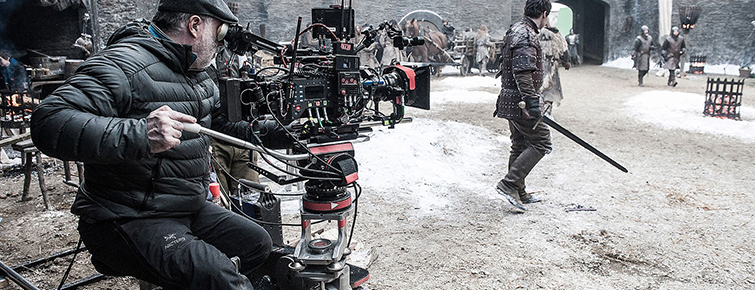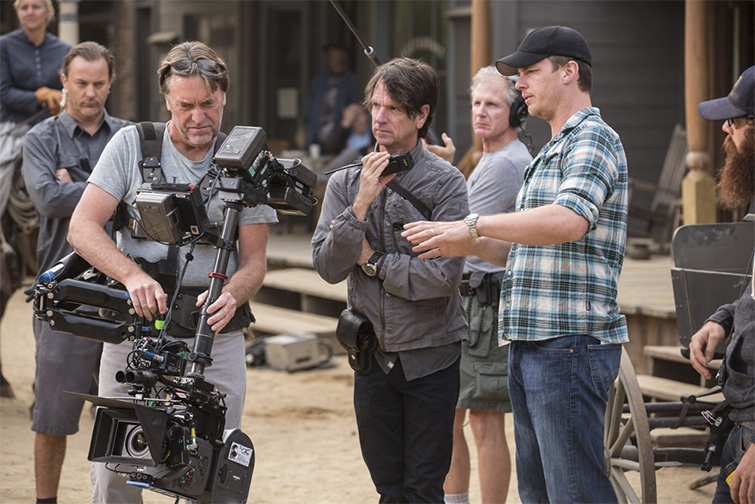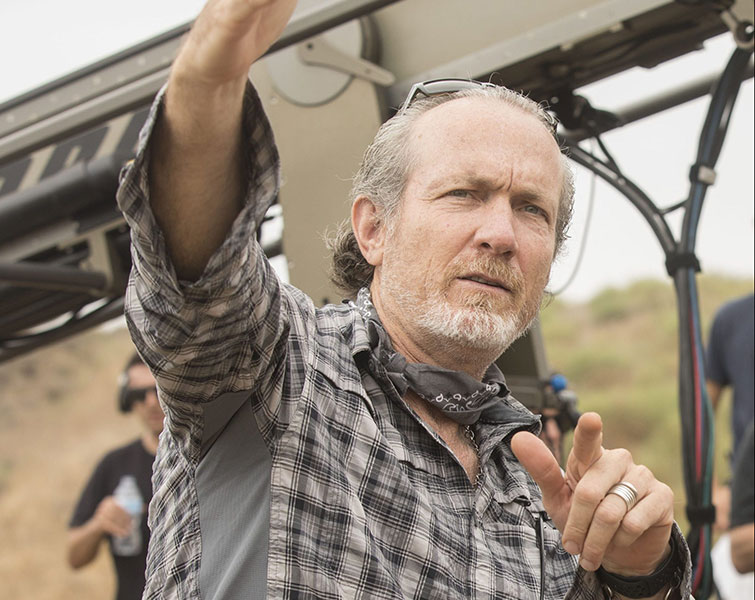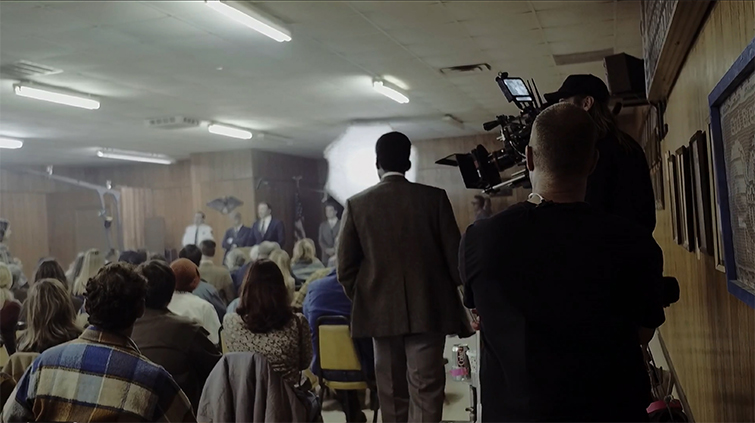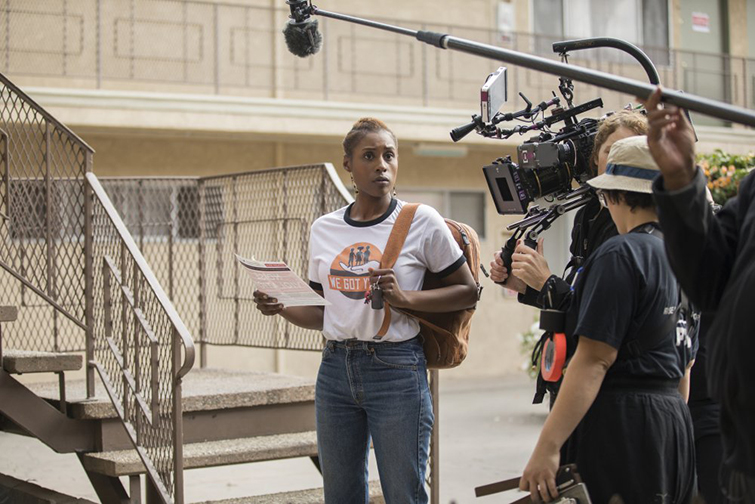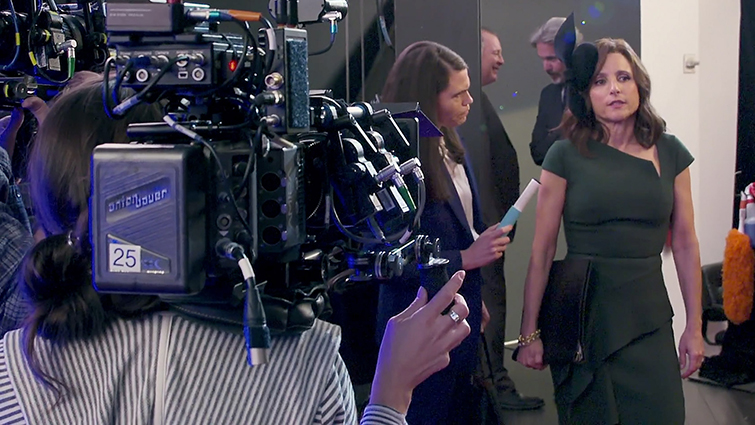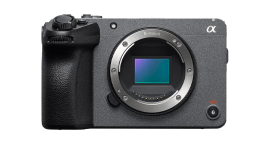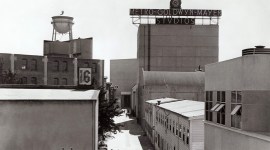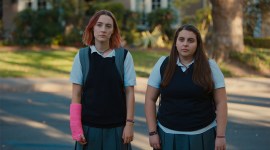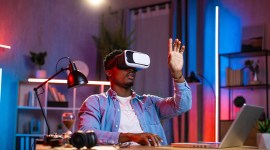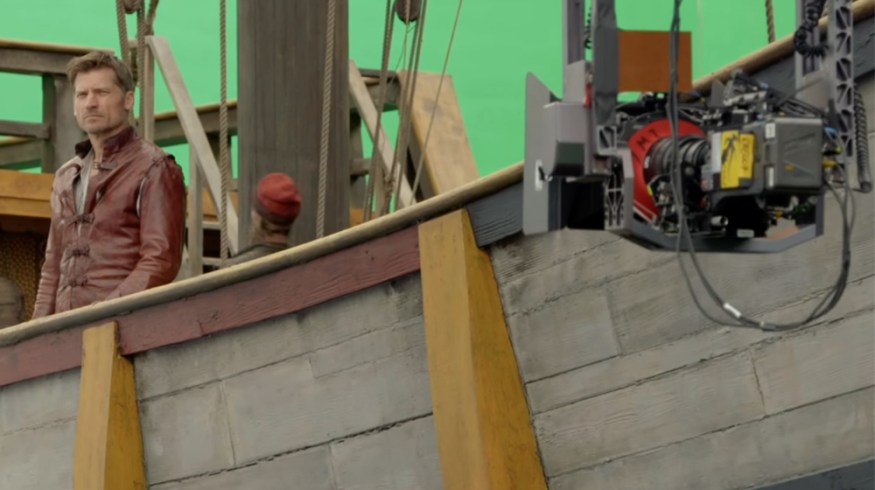
The Cameras and Lenses Behind the Scenes of HBO’s Original Series
Curious about the cameras used to shoot current hit HBO series? Here are the various camera packages and the series using them.
For decades, HBO has set countless standards for the rest of the television world, one being the final look of their Original Series. The cable giant has long relied on film standards to elevate their television productions. Their major blockbuster series, Game of Thrones, is no exception.
Take a look at what goes into shooting an HBO show.
Game of Thrones
The Game of Thrones series has primarily relied on the ARRI ALEXA but will, occasionally, use other cameras for VFX-heavy sequences or specialty setups. Fun fact: the ALEXA used in the first season was actually a prototype, as the camera had not yet been officially released.
Game of Thrones Camera Package:
- ARRI ALEXA
- ARRI ALEXA Mini
- RED EPIC DRAGON (of course it was a dragon!)
- Lenses
- Cooke S4
- Angenieux Optimo
In regards to the look of the series, one of the shows first DPs Alik Sakharov revealed the following:
The tone of this series had to be a little bit more expansive than most TV shows. We didn’t want it to feel claustrophobic. We were, basically, trying to explore as many filmic possibilities as we could, and structure shots to create the depth and breadth of a feature film. I, also, explored the idea of under-lighting certain scenes, which allowed us to concentrate the eye on where the action is happening, as opposed to lighting everything in one, big wash of light. I have to say that the ALEXA was instrumental in getting this stuff. I never thought I would be singing praises to HD technology, and yet, there I was — utterly enamored by it.
As for the scenes using RED cameras, certain Iceland locations in Season 4 were unsafe for Steadicam operators. Cinematographer Robert McLachlan and crew turned to the carbon fiber 6K RED EPIC DRAGON, since the camera was light enough to be used with Freefly MoVI M10 rigs.
More great reads on Game of Thrones production:
- Game of Thrones’ cinematographer breaks down the ‘dragon-induced Armageddon’ in The Spoils of War — The Verge
- ALEXA wins the “Game of Thrones” — ARRI
- DRAGONs on the set of Game of Thrones — RED
- Director Alex Graves Talks Shooting the “Purple Wedding” — Collider
For additional camera work, check out this behind-the-scenes look at Season 6.
Barry
Barry Camera Package:
- ARRI ALEXA Mini
- Optimo zooms, 15-49, 28-76, and 45-120
- Leica Summilux

Director Alec Berg with DP Paula Huidobro. Image via John P. Johnson / HBO.
In an interview with IndieWire, DP Paula Huidobro stated the following:
We chose ALEXA because of the natural and beautiful skin tone rendition of the camera, and also, because of its exposure latitude. I wanted the light to be as soft as possible and my gaffer, Paul Mclevine, and I decided to go with a more old-school approach, using Fresnels, booklights, and Chinese lanterns, instead of the LED technology, which is now the norm. We liked the warmth of the source and glowy quality it would have on the actors’ faces. We had big sources through the windows, with 20Ks set on motors that were easily adjusted. I like soft sources, but keeping the light shaped in an interesting way. I didn’t ever want to drift into flat, comedic lighting.
Westworld
“Doesn’t look like anything to me.”
Westworld Camera Package:
- ARRICAM ST and LT
- ARRIFLEX 235 (drone)
- Lenses
- ARRI Master Primes
- Angenieux Optimo zooms
- 35 mm film (Kodak 5203 50D, 5207 250D, and 5219 500T)
Westworld cinematographer John Grillo revealed the following in his interview with IndieWire:
The opportunity to shoot on film doesn’t come often, so when I was hired for Season 2 of Westworld, I was both excited and a bit nervous, as I had not used it in a long while. That nervousness disappeared when I started watching dailies. Not only was the latitude of the film mind-blowing, but the one thing I noticed right away, that I hadn’t seen for the longest time shooting digital, was the exquisite way that film renders skin tones. The color and texture were just right. We shot a lot of day exteriors in harsh sunlight. Film brought another dimension to the landscape, and our characters’ close-ups. You could feel the softness of Dolores’s skin; you could almost touch every line on the Man in Black’s face. With digital, it can be a struggle under those conditions and subject to myriad of interpretations in color correction, but film is unique.
Westworld is also believed to be the first production to shoot on 35 mm film with a drone. In an interview with Filmmaker Magazine, DP Darran Tiernan had the following to say:
There’s a great company from Australia called XM2 that Paul Cameron and A-cam operator Chris Haarhoff used when they worked together on the last Pirates of the Caribbean film. They said it was amazing, because sometimes on those pirate ships, they couldn’t get a crane where they wanted and the XM2 guys would set up the drone and, basically, do a crane shot with the drone.
For our shots, we flew an [Arriflex] 235, which used 200 foot rolls. So, you’ve only got about a minute and 50 seconds worth of runtime per roll, which is a bit nerve-wracking. John Grillo shot Episode 10, and I believe by that time, XM2 had developed a system that allowed them to use the [Arriflex] 435, in the drone. There’s still aerial helicopter stuff, this season, that Jonah and Paul shot in Utah, which is beautiful. But we did drone work, as well, which is cheaper than the cost of having an aerial unit.
More reading on Westworld’s production:
- “There Is a Reverence On Set When the Camera is Spitting Film Through its Gate”: DP Darran Tiernan on Westworld, Season Two —Filmmaker Magazine
- ‘Westworld’ DP Paul Cameron: A Camera Is Just Another Film Stock — Variety
- HBO’s ‘Westworld’: Cinematographer Paul Cameron on Getting ‘Fearless Coverage’ on 35mm Film — No Film School
- Video – Westworld: “First ever use of a [35mm] film camera on a drone” — Reddit
True Detective
It should be no surprise that, with the wildly different seasons, True Detective has relied on different cameras for each season. Seasons 1 and 3 were captured on Panavision cameras, while Season 2 went with an ARRI.
True Detective Camera Package:
- Panavision Panaflex Millennium XL2 (Season 1)
- Panavision Primo
- PVintage Lenses
- Film used: 35 mm (Kodak Vision3 50D 5203, Vision3 500T 5219)
- ARRI ALEXA XT Plus (Season 2)
- Panavision B-, C-, E-, G-Series and ATZ Lenses
- Panavision Millennium DXL (Season 3)
- Panavision Primo, Primo Zoom and Ultra Speed Z-Series MKII Lenses
More reading on True Detective filming:
- The Lenses Make the Look on True Detective — Panavison
- How we got the shot: Cary Fukunaga on True Detective’s tracking shot — The Guardian
- How True Detective’s Cinematographer Got These 9 Shots — Vulture
Get a glimpse of the Season 3 set from HBO.
Insecure
Insecure Camera Package:
- ARRI ALEXA Mini
- Cooke S5i lenses
In their interview with IndieWire, DP Patrick Cady said the following:
The show is very location-based, and the shallow depth of field, on a wider lens, can bring about that moment where you know where the characters are, but they are still lifted off of the background. Their story is in a place, but it connects to all of us, in our worlds, because we are concentrating on the wonderful cast. I think it helps the audience feel connected to the show. The ALEXA has a wonderful sensor. I don’t think I’ve ever been disappointed in it, and it did a great job of handling the color palette of the Kiss ’n Grind party — a key part of the “Hella LA” Episode — as well as, the hard LA sunlight.
More reading on the production of Insecure:
- Keeping ‘Insecure’ lit: HBO cinematographer Ava Berkofsky on properly lighting black faces — Mic
- Insecure DP Ava Berkofsky on Avoiding “Seinfeld Shots,” Faking Coachella and Lighting Mega-Churches — Filmmaker Magazine
Veep
As Veep cinematographer David Miller says, “Even though it’s documentary [style], it doesn’t have to look bad.”
Veep Camera Package:
- Arri Alexa Plus
- Lenses
- Cooke S4
- Angenieux Optimo
In his interview with Mandy, Veep cinematographer David Miller shared this wonderful tidbit:
[It] was interesting because there was no rhyme or reason as to the way Veep was laid out. It was kind of chaotic, there was no staging.
On the first day, they rehearsed the material for a long time. They were like, “Great, okay, we’re going to go now. Light it.” I’m like, “Wait a second, we’re not quite done.” So, I said we had to change some of the blocking, to make it work. They were so used to doing whatever they wanted. I said, “Well no, you’ve got to say that line here, don’t make that false move, say the line and then move away, but don’t go to this side, go to the other side of the room,” and all that.
Julia was a little bit reticent, at the beginning. She said, “You’re trying to control us.” I said, “Well no, I’m just trying to lay it out photographically, so it can all play in one, big thing.” After about a week, when they started to realize: everything cuts together now — everybody’s looking the right direction — the lighting looks so much better. They were like, “Ok, we get it.”
In the end, the funny thing is, after changing most of it, and going through it, I won the Emmy.
Miller went on to say more:
Even though it’s documentary [style], it doesn’t have to look bad. There’s a way to make it work, and it really comes down to all of the staging. Figuring out the staging so that everything falls into place. It’s pretty simple to do, but you just have to be willing to do it.
Take a peek at the set, in this behind-the-scenes video.
All images via HBO.
Looking for more industry coverage? Check out these articles.
- SXSW Panel: How to Get People to Care About Your Film
- 7 Master Cinematography Techniques from Iconic Directors
- The Secrets Behind Apollo 11’s Success Are a Story All Their Own
- Insights into the Cinematography of the Award-Winning Doc-Series “Tales By Light”
- Industry Interview: The Composers Behind American Gods


